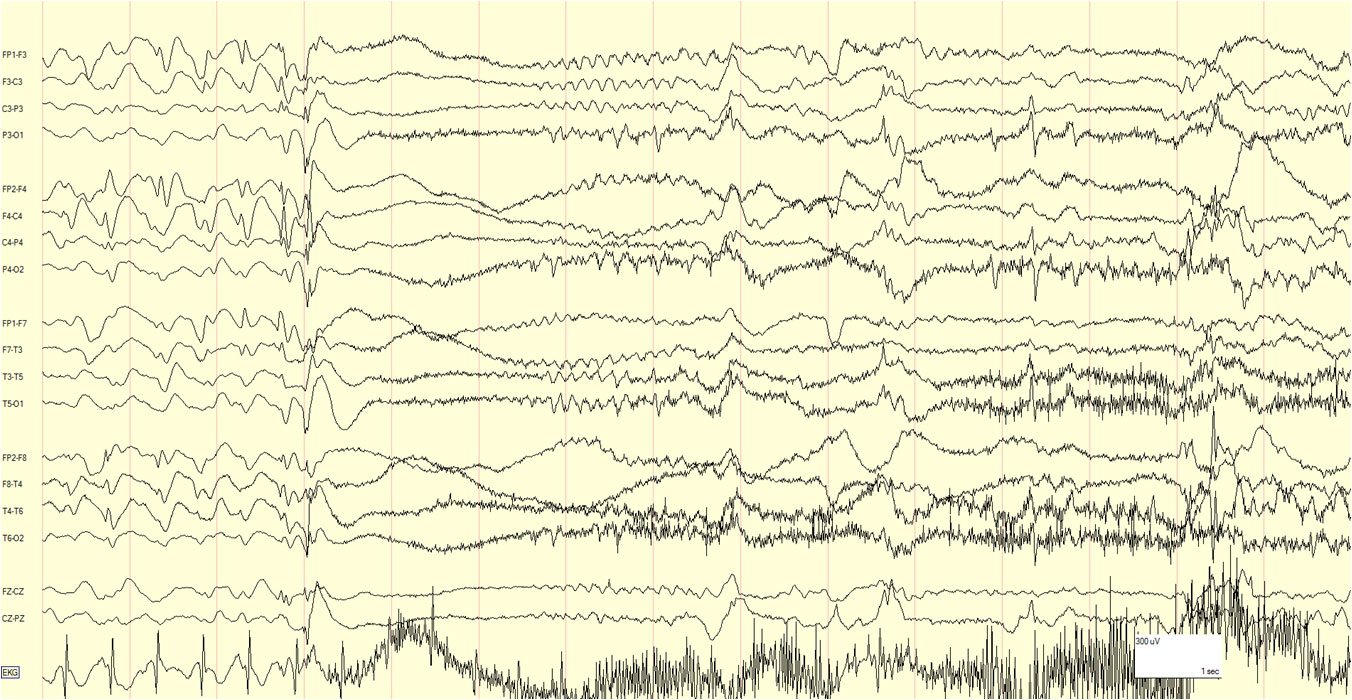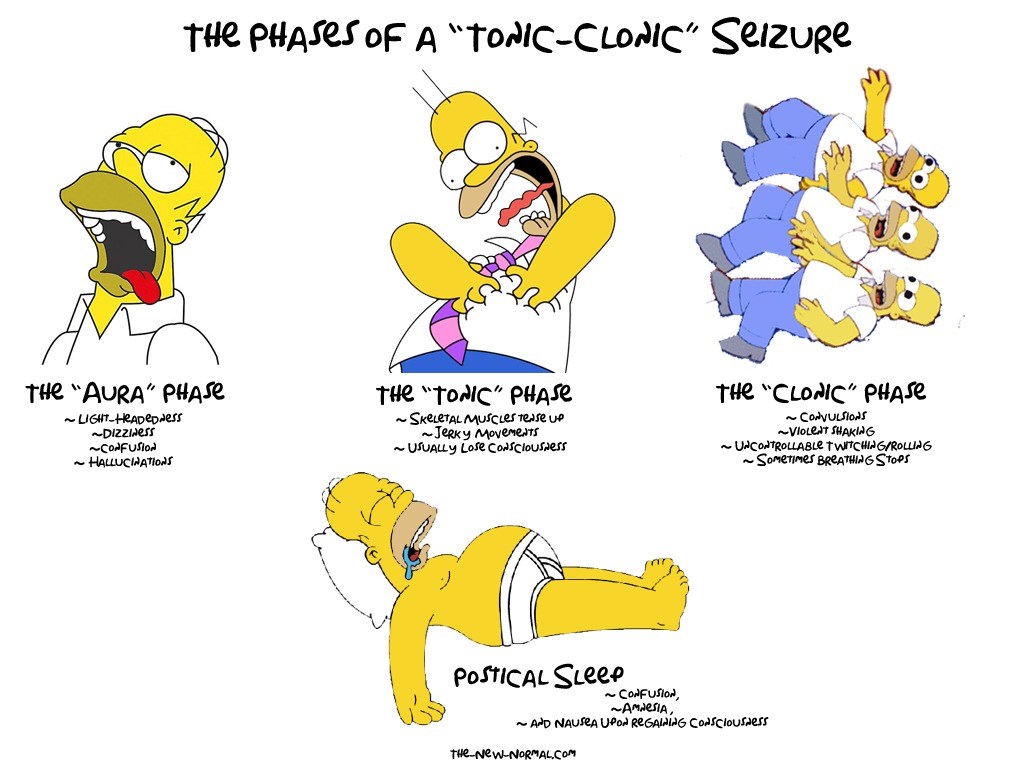A Grand Mal Seizure, also known as a Tonic-Clonic Seizure, is one of the most severe types of seizures that individuals with epilepsy or other neurological conditions may experience. This type of seizure involves two distinct phases: the tonic phase, characterized by muscle stiffening, and the clonic phase, marked by rhythmic jerking movements. Understanding this condition, its triggers, and how to manage it is essential for patients, caregivers, and healthcare providers alike.

What Is a Grand Mal Seizure?
A grand mal seizure occurs when there is an abnormal surge of electrical activity in the brain. This excessive activity disrupts normal brain function, leading to physical symptoms such as loss of consciousness, convulsions, and altered behavior. The seizure typically begins with a sudden onset and progresses through two main stages:
- Tonic Phase: During this stage, the muscles in the body become rigid, causing the person to fall if they are standing. This phase usually lasts for about 10 to 20 seconds.
- Clonic Phase: Following the tonic phase, the individual experiences repeated jerking movements caused by alternating contractions and relaxations of the muscles. This phase can last from a few seconds to several minutes.
After the seizure ends, the person may feel confused, fatigued, or disoriented. In some cases, they may not remember the event at all.
Causes of Grand Mal Seizures
There are various factors that can trigger a grand mal seizure. These include:
Underlying Medical Conditions
Certain medical conditions increase the likelihood of experiencing a grand mal seizure. Some common examples include:
- Epilepsy: A chronic neurological disorder characterized by recurrent seizures.
- Brain injuries: Trauma to the head, such as concussions or more severe injuries, can lead to seizures.
- Infections: Meningitis, encephalitis, or other infections affecting the brain can disrupt normal brain activity.
- Tumors: Abnormal growths in the brain may interfere with electrical signals and cause seizures.
- Genetic disorders: Certain inherited conditions predispose individuals to seizures.
Environmental Factors
In addition to medical causes, environmental factors can also play a role in triggering these seizures:
- Sleep deprivation: Lack of adequate rest can lower the threshold for seizures.
- Stress: Emotional or physical stress can exacerbate seizure activity.
- Flashing lights: Some people are sensitive to visual stimuli like strobe lights or flickering screens.
- Substance abuse: Alcohol withdrawal or drug use can provoke seizures.
Recognizing the Symptoms
Identifying the signs of a grand mal seizure is crucial for providing timely assistance. Symptoms may vary depending on the individual but often include:
- Sudden loss of consciousness
- Rigid muscles followed by jerking movements
- Biting of the tongue or cheek
- Foaming at the mouth
- Temporary cessation of breathing
- Incontinence
It is important to note that not all seizures follow the classic pattern described above. Some individuals may exhibit partial symptoms or shorter durations of seizure activity.
Immediate First Aid During a Seizure
If you witness someone having a grand mal seizure, it is critical to act quickly and calmly. Follow these steps to ensure their safety:
- Stay Calm: Keep your composure to avoid panicking others around you.
- Protect the Person: Gently guide them to the ground if they are standing, and clear the area of any objects that could cause injury.
- Turn Them On Their Side: This position helps prevent choking and allows saliva to drain from the mouth.
- Do Not Restrain: Avoid holding the person down or trying to stop their movements, as this can lead to harm.
- Time the Seizure: Note how long the seizure lasts. If it continues for more than five minutes or if another seizure immediately follows, seek emergency help.
- Comfort Afterward: Once the seizure ends, reassure the individual and stay with them until they regain full awareness.
Long-Term Management Strategies
Managing grand mal seizures requires a comprehensive approach involving medical treatment, lifestyle adjustments, and support systems. Below are some strategies commonly used to control and reduce the frequency of seizures:
Medications
Antiepileptic drugs are the primary form of treatment for preventing seizures. These medications work by stabilizing electrical activity in the brain. Commonly prescribed options include:
- Phenytoin
- Valproate
- Carbamazepine
- Lamotrigine
It is essential for patients to take their medication exactly as prescribed and attend regular follow-ups with their healthcare provider to monitor effectiveness and side effects.
Lifestyle Modifications
Making certain changes to daily habits can significantly reduce the risk of seizures:
- Maintain a Regular Sleep Schedule: Prioritize getting enough sleep each night to minimize fatigue-related triggers.
- Manage Stress: Practice relaxation techniques such as meditation, yoga, or deep breathing exercises.
- Avoid Triggers: Identify personal triggers, such as specific foods, alcohol, or flashing lights, and take steps to avoid them.
- Eat a Balanced Diet: Proper nutrition supports overall health and brain function.
Vagus Nerve Stimulation
For individuals who do not respond well to medications, vagus nerve stimulation may be recommended. This involves implanting a device under the skin of the chest that sends electrical impulses to the brain via the vagus nerve. While not a cure, this therapy has been shown to reduce the frequency and intensity of seizures in some patients.
Ketogenic Diet
The ketogenic diet is a high-fat, low-carbohydrate eating plan that has been effective in reducing seizures, particularly in children. By altering the body’s metabolism, this diet mimics fasting and encourages the production of ketones, which have anticonvulsant properties.
When to Seek Emergency Help
While many grand mal seizures resolve on their own without complications, there are situations where immediate medical attention is necessary:
- If the seizure lasts longer than five minutes
- If the person experiences multiple seizures in quick succession
- If the individual injures themselves during the seizure
- If the person does not regain consciousness after the seizure ends
- If the seizure occurs in water, posing a drowning risk
In these cases, calling emergency services ensures that the individual receives prompt evaluation and care.
Support for Patients and Families
Living with the possibility of grand mal seizures can be challenging for both patients and their loved ones. Support groups, counseling, and educational resources can provide valuable tools for coping with the emotional and practical aspects of the condition. Connecting with others who share similar experiences fosters understanding and reduces feelings of isolation.
Education and Awareness
Raising awareness about grand mal seizures helps dispel myths and misconceptions surrounding the condition. Educating family members, friends, coworkers, and school staff about what to expect and how to respond during a seizure promotes a safer environment for everyone involved.





